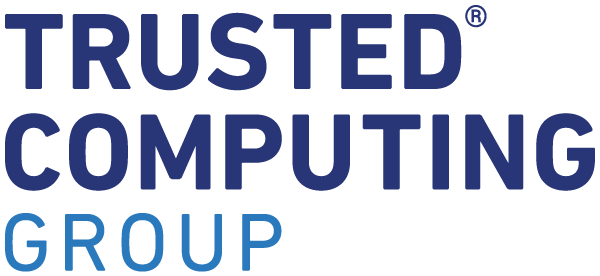So you’re buying a car. I don’t know how it works in other countries, but in the US, it’s one of the least favorite purchases someone can make. Partly it’s because it’s our only haggling purchase, and, as buyers, we’re not used to haggling, so we’re not skilled at it. That aside, all too often, when the deal is done, buyers come away feeling like there’s a good chance they’ve been owned in the process.
Let’s start with the sales guy that slithers out of the office when you walk onto the premises. You’re probably being approached by half a dozen sales folks, like so many hungry zombies, each wanting to be the first to you but not wanting to look over-eager or to turn it into an outright race. One guy wins and you’re stuck with him. Granted, he (or she; we’ll assume he for our purposes) may seem to be a very nice person, and he’ll work hard to earn your trust.
But when it comes to doing the deal, you’ve got to put a number out there that’s less than the asking price. Your sales guy will be the first indication of how your proposal is received. Inevitably, your opening move will be problematic for them, for all kinds of reasons. Is he giving you the straight scoop? Can you believe what he’s saying?
Perhaps you work a provisional deal with him and he goes in to get manager approval. Is he really haggling on your behalf with the manager? Or is he going to watch a few minutes of The Price Is Right while you fidget nervously in the cubicle?
Perhaps he comes back with a counter-offer from the manager. Did the manager really write the counter-offer? There’s a signature, but is that really the manager’s signature? You’ve never seen her signature before, so it could be anyone signing the name. Heck, you don’t really know the manager’s name.
Perhaps it comes with an invoice showing the cost to the dealer. It’s on manufacturer’s letterhead. But is the number really right? Or do they have a stack of letterhead to print any old thing on? Even if it’s right, does it really represent cost, or does the manufacturer have an inflated cost for this purpose, with a debit-back program after the car is sold?
In short, do you trust the sales guy? Do you trust the manager? Do you trust the manufacturer? Do you trust any of the artifacts they present as authentic and accurate? The reason so many people come away feeling had is that a crucial ingredient is missing from the transaction: trust.
When it comes to electronic device security, at some point, you’ve got to have some trust, or else you might as well pack it up and go home. And if you trust a piece of hardware or software, it will be because of one of two reasons: either you have direct proof that the thing is trustworthy, or you have indirect attestation, and you trust the entity providing the attestation.
In the former case, you can think of this as a Root of Trust. It’s a fundamental kernel that you never question (or it’s the very last thing you question). In the latter case, you have a chain of trust. Entity A endorses Entity B endorses Entity C endorses whatever you’re questioning. You can trace the provenance back to a Root of Trust, and then you’re satisfied.
While rummaging around for information on trusted entities, I noticed that there are really two notions of trust, and standards or environments are evolving for both. One type of trust is used for engaging with others: it forms the basis of authentication (which we’ll cover separately). It’s a machine-to-machine trust thing.
The other is trust within a machine: how do I know that a complex set of software capabilities is rock-solid and not being compromised by some ne’er-do-well? We’ll look at them separately.
To read the full article, please click
here.



